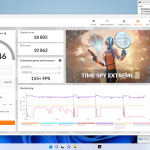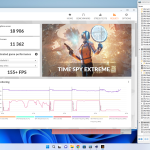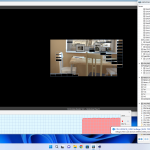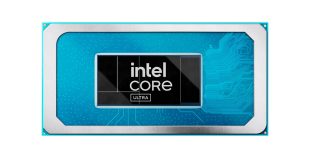An important characteristic of any gaming PC is how it handles the cooling of the internal components. To see how the PCSpecialist Zircon Goliath stacks up we ran a high load on the system with the case in its default configuration to simulate long gaming sessions and measured the steady state temperature of the CPU and GPU.
To measure the thermal performance, all system fans were left to run in the default configuration that was set by PCSpecialist during assembly, to represent how the system would arrive configured to the customer.
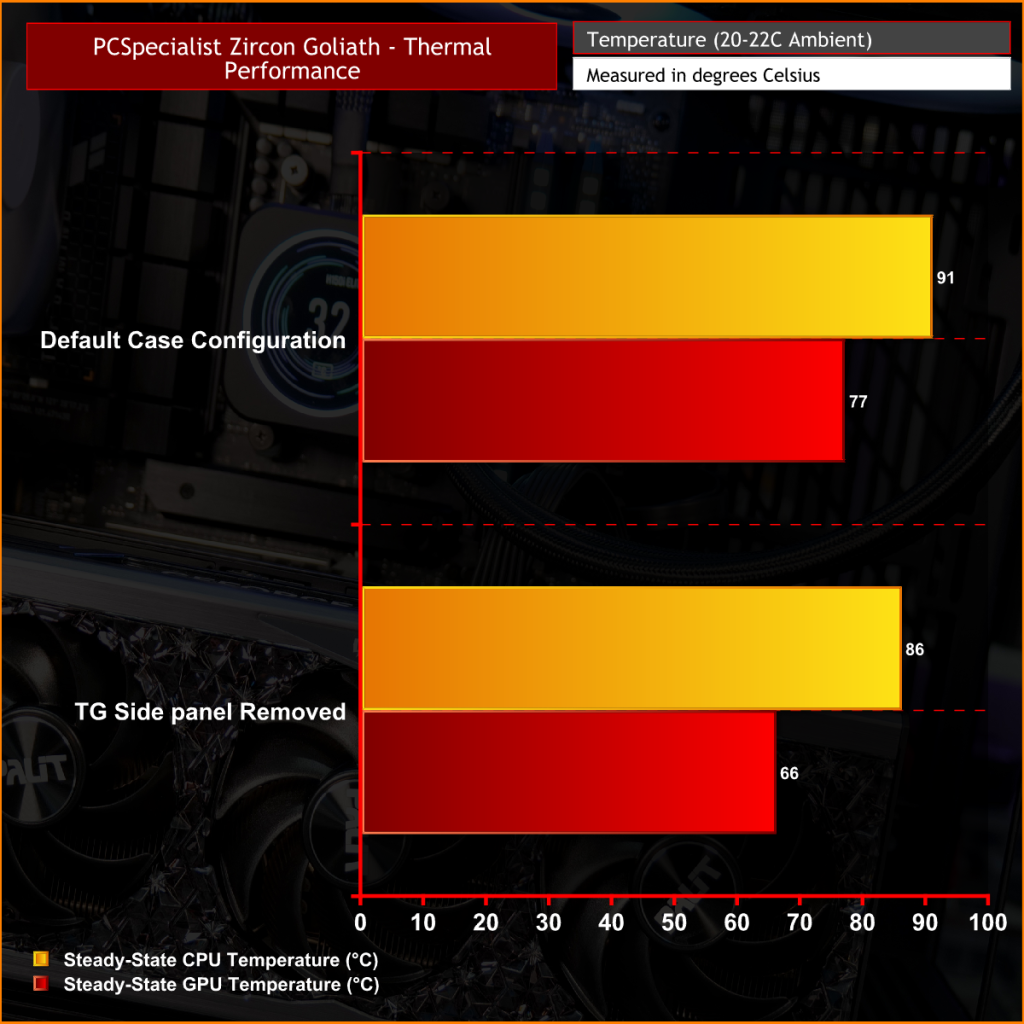
Running our combined CPU and GPU stress teat showed up some issues with the system thermals. With the case in its default configuration with all side panels fitted, both the CPU and GPU seemed to be running hotter than normal, so more investigation was necessary. It's all explained in the video so make sure you check it out.
We ran the combined stress test again with the case side panel removed and instantly noticed a significant drop in GPU temperature, down to the levels more like what Dominic saw in his review of the Palit RTX 4009 Game Rock. The GPU fans are just too close to the case side panel which is restricting airflow and excessively heating up the GPU core. This could explain why we saw lower 3DMark Time Spy benchmark scores than expected. The high temperature will reduce the GPU core frequency and therefore performance.
CPU temperature is also higher than expected, various changes of configuration didn't improve CPU temperature much at all. In the end, changing the CPU cooler out for an EK-Nucleus AIO 360 provided a noticeable drop in CPU temperature of approximately 10°C, bringing down the average to around 80°C which is more like the value Leo saw in his launch review of the Ryzen 9 7950X3D.
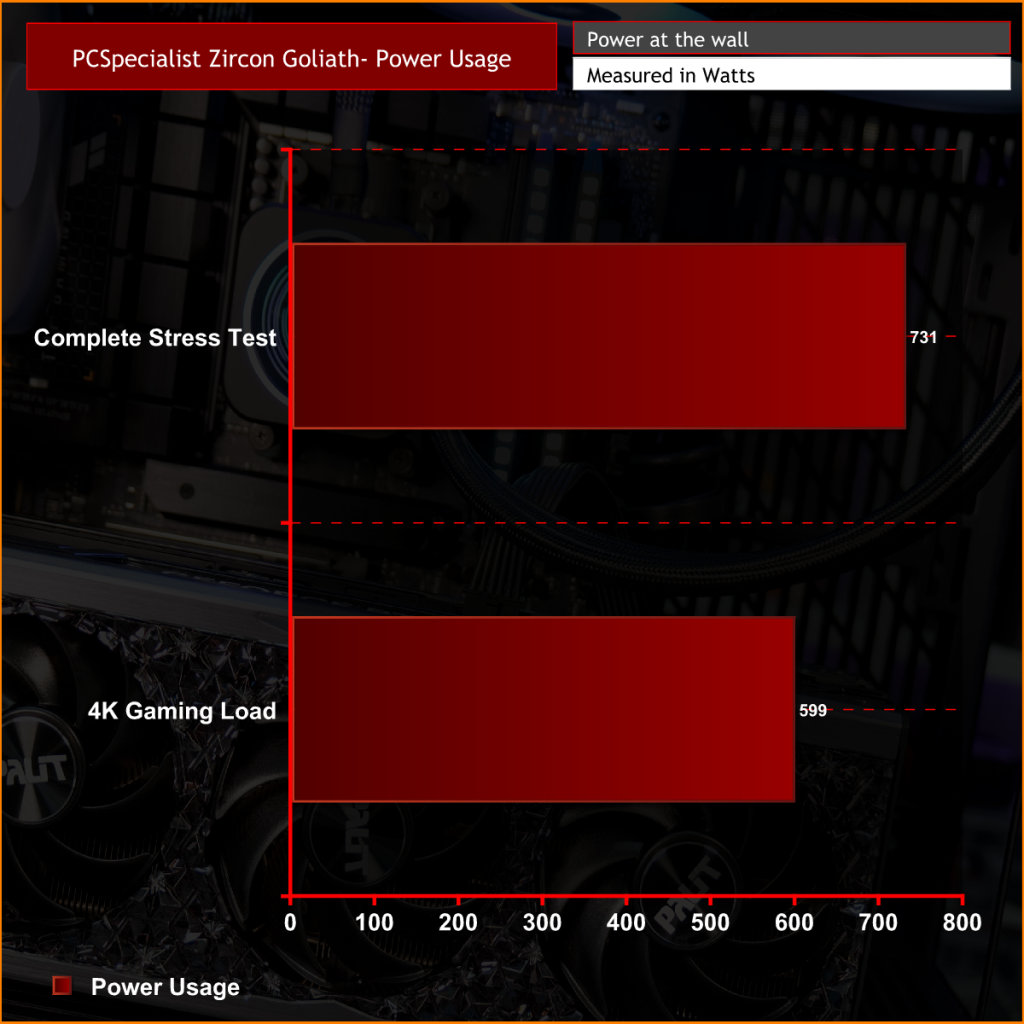
The PCSpecialist Zircon Goliath is quite a power-hungry system due to the high power demands of the Nvidia RTX 4090. However, the more efficient AMD Ryzen 9 7950X3D CPU consumes less power than other high-end gaming CPUs so it's a good combination. The max power draw at the wall during the full system stress test is still way under the max rating of the power supply so it'll handle whatever load is thrown at it.
 KitGuru KitGuru.net – Tech News | Hardware News | Hardware Reviews | IOS | Mobile | Gaming | Graphics Cards
KitGuru KitGuru.net – Tech News | Hardware News | Hardware Reviews | IOS | Mobile | Gaming | Graphics Cards


